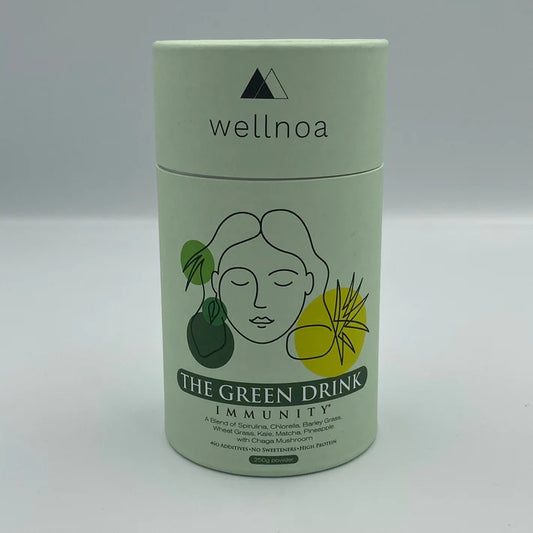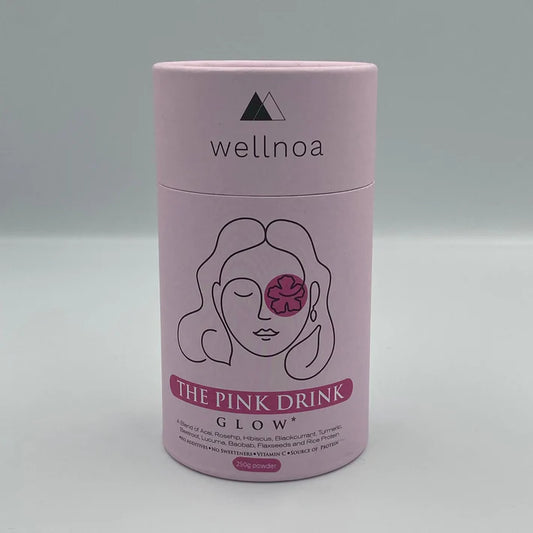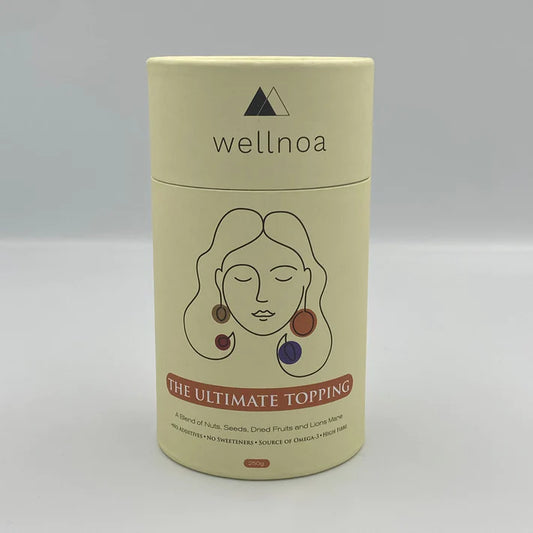When we stroll down the aisles of our local grocery stores, we're greeted by a colorful array of packages, each vying for our attention with promises of convenience, taste, and health benefits. However, beneath the enticing labels and appealing imagery, lies a complex web of processed fats, salts, sugars, and additives meticulously crafted to keep us coming back for more. This is the modern food industry, where the primary objective is to create products that are not only palatable but also irresistibly addictive, often at the expense of our health.
The Science of Addiction
The food industry employs a battalion of experts dedicated to perfecting the art of making food as addictive as possible. The secret weapon? The strategic use of salt, fat, and sugar. These three ingredients are not only inexpensive but also have powerful effects on our brain's reward system. When consumed, they trigger the release of dopamine, the "feel-good" neurotransmitter, creating a sensation of pleasure that our brains are wired to seek out repeatedly. This is why we often find ourselves unable to stop eating that bag of chips or those cookies – they are designed to be addictive.
The Deceptive Charm of "Greenwashing"
Adding to the confusion is the widespread practice of "greenwashing," where companies use buzzwords like natural and vitamin-enriched to give their products a veneer of healthfulness. However, a closer inspection of the ingredient lists often reveals a different story. While a product may boast of containing real fruit or added vitamins, these benefits are frequently overshadowed by high levels of sugar, unhealthy fats, and a host of artificial additives. The truth is, if we were to rigorously test these products in a lab, many would fall short of their nutritional claims.
Reading Between the Lines
To navigate this labyrinth of misinformation, it is crucial to become an informed consumer. The ingredient list on food packaging is a powerful tool. Ingredients are listed in descending order by weight, meaning the first few items are what the product contains the most. Key culprits to watch out for include high fructose corn syrup and other sugar derivatives, which often appear near the top of the list, signaling a high sugar content. By being vigilant about these details, we can make more conscious choices about what we put into our bodies.
Breaking Free from the Cycle
Breaking the cycle of addiction to processed foods is challenging but entirely possible. The cravings we experience are primarily due to blood sugar spikes caused by these addictive ingredients. The good news is that our taste preferences can change relatively quickly. By gradually swapping out processed foods for whole foods, we can reset our palates. Whole foods like fruits, vegetables, nuts, and grains provide sustained energy without the crashes associated with processed snacks.
After a period of adjustment, you'll likely find that your cravings shift towards healthier options. This transformation is not just about avoiding harm; it's about embracing the benefits of healthy eating. Whole foods nourish our bodies, providing essential nutrients that enhance our energy levels, improve our mood, and promote overall well-being.
The Journey to Better Health
Adopting a diet rich in whole foods is not about restriction or deprivation. In fact, you can eat until you feel satisfied, without the need to count calories or worry about portion sizes. The natural fiber and nutrients in whole foods help regulate your appetite and keep you feeling full longer.
By making mindful choices and prioritizing whole foods, you'll begin to notice positive changes in your body and mind. Increased energy, improved mood, and a greater sense of vitality are just a few of the benefits you can expect. Healthy eating is a journey, and every small step towards reducing processed foods and embracing whole foods is a step towards a healthier, happier you.
In conclusion, while the food industry may prioritize profit over health, we have the power to take control of our diets. By understanding the tactics used to make foods addictive and learning to read labels critically, we can make informed choices that support our health and well-being. The journey to breaking free from processed food addiction may require effort and patience, but the rewards are undeniably worth it.








